We wanted to know: how long does ice last in the new HandleStash Stem bag? Whether you're carrying a Nalgene on your bike or using it as a sling to take water on a hike, you don't want to be stuck with hot water when you're 2 hours from home. This bag is constructed with 1/4" of insulating closed cell foam covering the sides and bottom - but what does that translate to in real life?
First - What is the HandleStash Stem Bag?
It's a bike handlebar bag designed to carry snacks or water bottles within easy reach so you can stay hydrated or fed while riding. It can also be used with a shoulder strap off the bike when hiking, fishing, or wandering the sunday market.

The Experiment
We collected four Nalgene bottles, identical except for color, and filled each one with ice. Two bottles were placed in the hot Colorado afternoon sun - one protected by a HandleStash Stem bag, and one exposed to the elements.


Each bottle was weighed to ensure it started with the same amount of ice. Tested was done on a 90-degree day at an elevation of 5,695 ft - exactly the kind of conditions where you really want your water to stay cold.

Temperatures measured 90.1 degrees in the shade and 100 degrees in the direct sun.

Hour 1
After the first hour both bottles in the shade have plenty of ice. You can see some melting in the uncovered bottle but the ice in the HandleStash bag has barely melted at all.

Unsurprisingly the bottles exposed to the full Colorado sun are melting faster. The exposed bottle has already melted significantly, while the one protected by the bag is mostly ice.

Hour 2
Two hours in and we're really seeing a difference between the bottles in the sun and those in the shade.
In the shade, the bottle insulated by the HandleStash bag still shows almost no sign of melting. The exposed bottle, on the other hand, is halfway melted.

The bottles exposed to the sun continue to melt faster, but the insulation of the bag is really making a difference.

2.5 hours - The first bottle is melted!
The bottle fully exposed to the sun looks to be melted after 2.5 hours, with only a few ice cubes hanging on. The bottle protected by the HandleStash bag still has more than half the ice left.

Hour 3
After 3 hours the shaded bottles are still holding onto the ice.
The exposed water bottle is thoroughly melted but has enough ice to still be refreshing. The bottle in the stem bag is still barely melted.


The exposed bottle in full sun has reached a temperature of 65.7 degrees, while the protected bottle is holding onto about half of the ice.

Hour 4
It's getting hot in here after 4 hours of science.
The exposed water bottle in the shade is almost completely melted. The insulated bottle is setting up for a long fight with plenty of ice remaining.

The insulation is really making a difference for the bottle in the sun. The exposed water bottle is getting hot, reaching 94.3 degrees with the ambient temperature measured in the sun only slighty higher at 97.5 degrees. If you're four hours into a bike ride or hike and are trying to stay hydrated, you're not going to be happy drinking this water. The bottle protected by the HandleStash Bag is sitting comfortably at 37.2 degrees and has nearly half the ice left.

4.5 hours - Another one bites the dust.
After four and half hours the uninsulated bottle in the shade has fully melted. The temperature has started climbing and is already up to 54.9 degrees: already much warmer than the ice water in the HandleStash bag.

Hour 5
The ice in both HandleStash bags is hanging on longer than expected, and the sun is setting. After 5 hours both sets of bottles are now in the shade.
The temperature of the uncovered water bottle in the shade continues to climb: now reaching 69.4 Fahrenheit. The insulated bottle is still quite icy.

The bottle in the sun insulated by the HandleStash Bag is still holding ice, and after 5 hours it's now lasted twice as long as the uninsulated bottle. The unprotected bottle is still heating up, with a current temperature of 98.1 F.

Hour 6
Both insulated bottles still have ice. The bottle on the left was in the sun for the first 5 hours of the test and still has plenty of ice. The bottle on the right has been in the shade the whole time and is holding even more.

Hour 7
It's now fully dark and the outside temperature has dropped to a comfortable 77 degrees - great for evening patio drinks but less effective for testing the insulating capabilities of the HandleStash Stem Bag.
After 7 hours, both water bottles that were inside a HandleStash bag still have ice. The bottle exposed to the sun for the majority of the test has less - but it's still ice cold after 7 hours!
Hour 16 - Overnight Update
All bottles sat inside overnight with temperatures staying in the mid 70's. The shaded bottle inside the HandleStash bag was still 11 degrees colder than the open bottles - measuring 64.9 degrees.
Conclusion - How long does ice last in the HandleStash Stem Bag?
We can say confidently that ice will last over twice as long in a bottle protected by the HandleStash Stem Bag compared to the same bottle without insulation. In our test, the bottle without insulation held ice for 2.5 hours while the bottle in the insulated HandleStash bag lasted over 6 hours.

One surprise from the test was how similar each insulated bottle looked after 6 hours. While the bottle in the shade clearly has more ice, the difference between it and the sun soaked bottle was less drastic than expected. It's safe to say that the HandleStash Bag was effective at protecting the ice from both the heat and the summer sun.
Takeaways - how is this useful in the real world?
Weighing in at 3.3oz (94 grams) the bag is a lightweight way to insulate and carry water for bike rides, hikes, fishing trips, or other adventures where you want to limit your weight but still have cold water. The combination of a Nalgene (6.25oz) and HandleStash Stem Bag or Sling Bag (3.3oz) is nearly a half pound lighter than a similarly size vacuum sealed bottle. If you're carrying that weight on your bike or across your shoulder all day you'll definitely feel the difference!
Is it the most insulated Stem Bag On The Market?
Similar bags are typically constructed without insulation, or using 1/8" neoprene. While neoprene is commonly used for drink sleeves and bag construction, it is only a marginal insulator. HandleStash uses a quarter inch layer of proprietary closed cell insulating foam in this bag. The foam was selected specifically for its insulating properties, with a significantly lower thermal conductivity than neoprene rubber.
We haven't tested it against other bags yet - but we're confident it will come out on top!
What's Next? Take them for a ride!

While the test was done in real world conditions, you will hopefully use the HandleStash Stem Bag on trips further out than the back yard. In the next test, we'll take two bottles biking and measure temperature for the duration of the ride to compare how long water stays cold with the effect of convective heating from the breeze.
HandleStash Stem bags retail for $59 and can be purchased here.




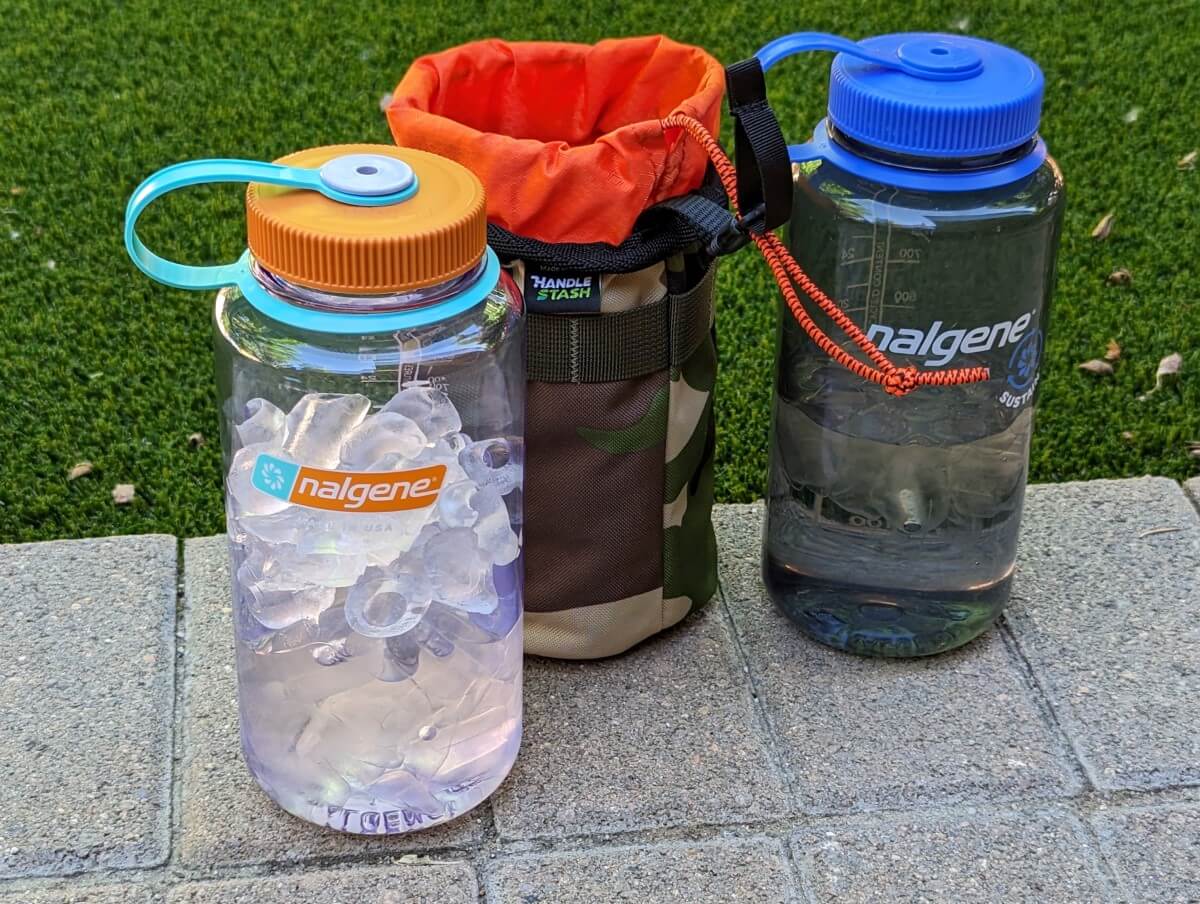
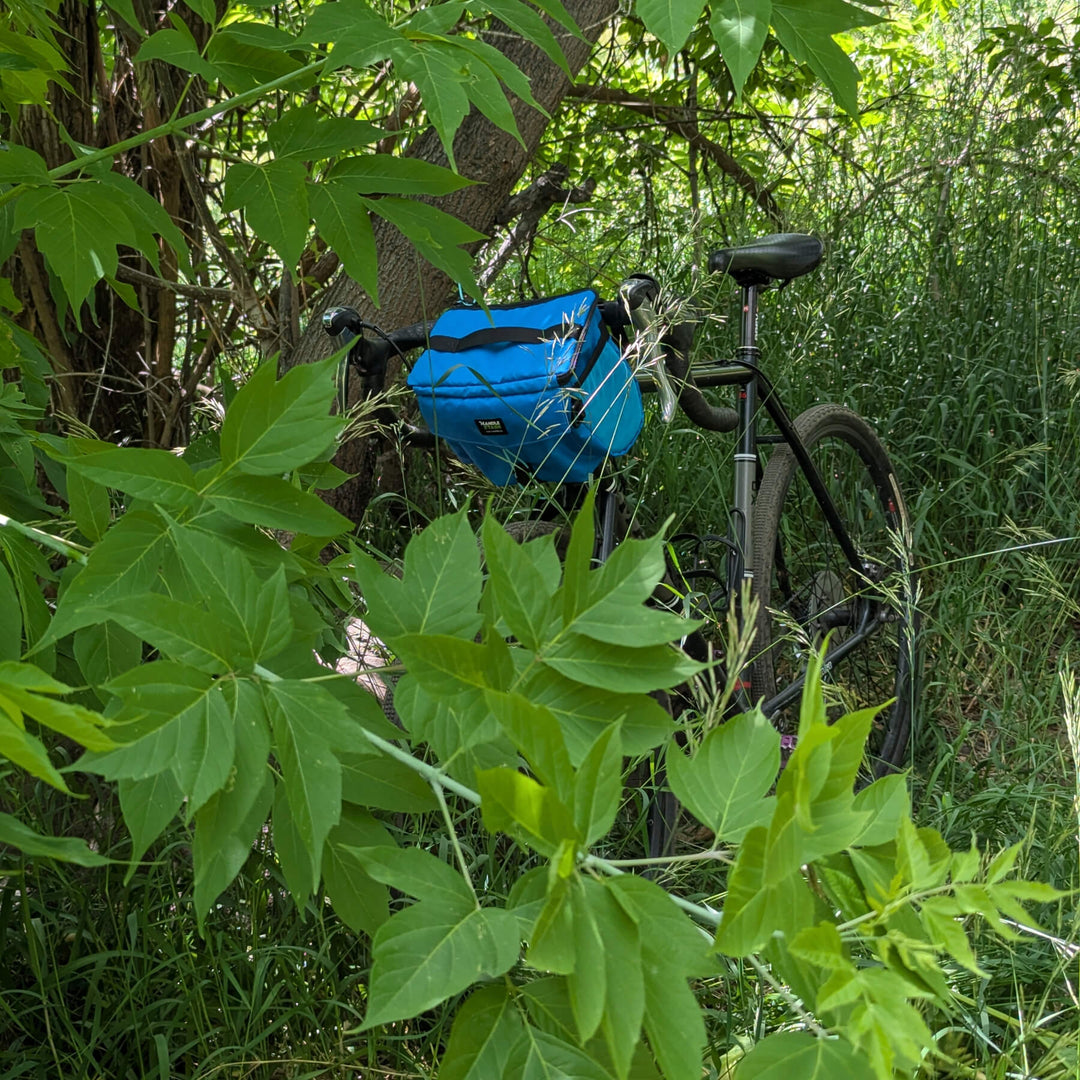


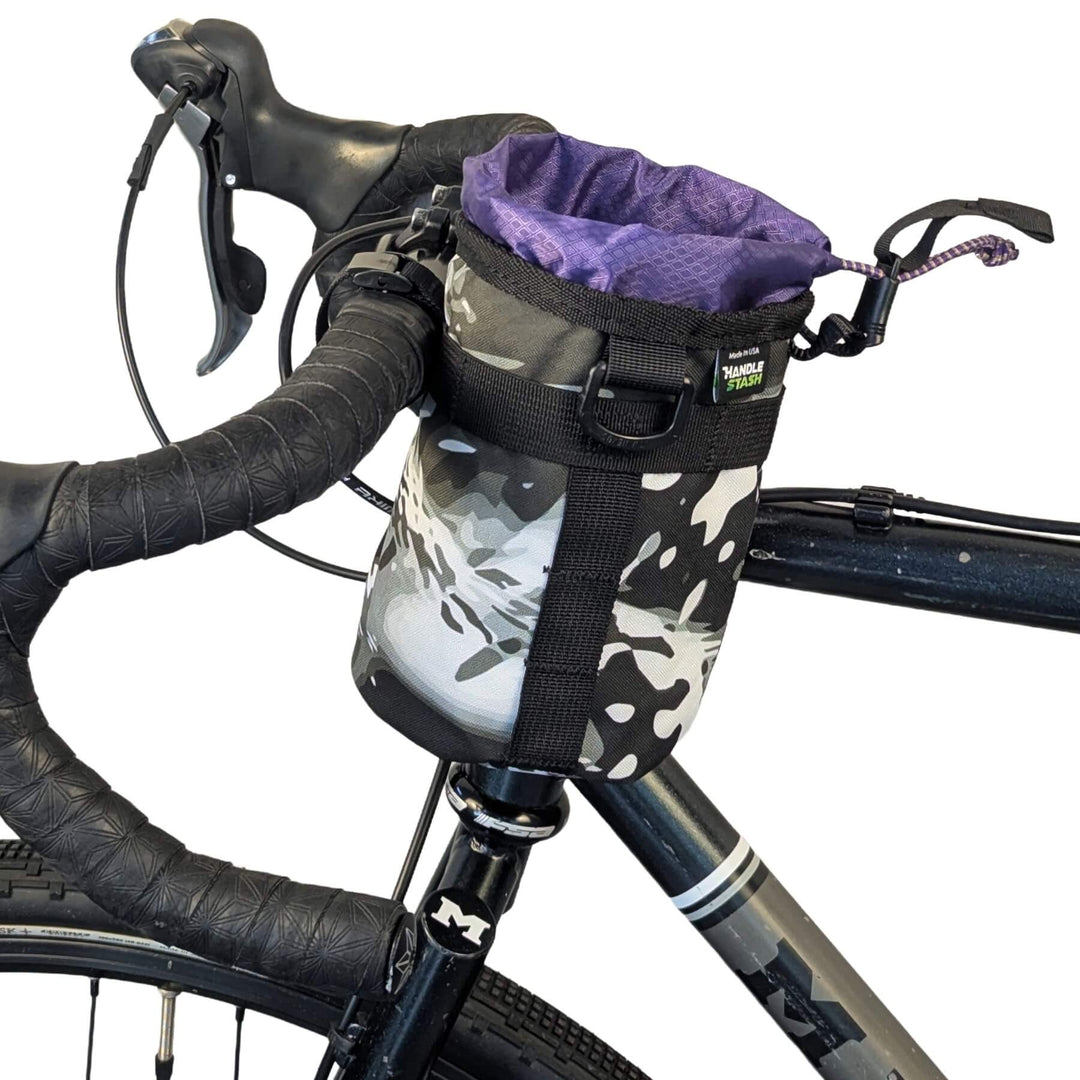
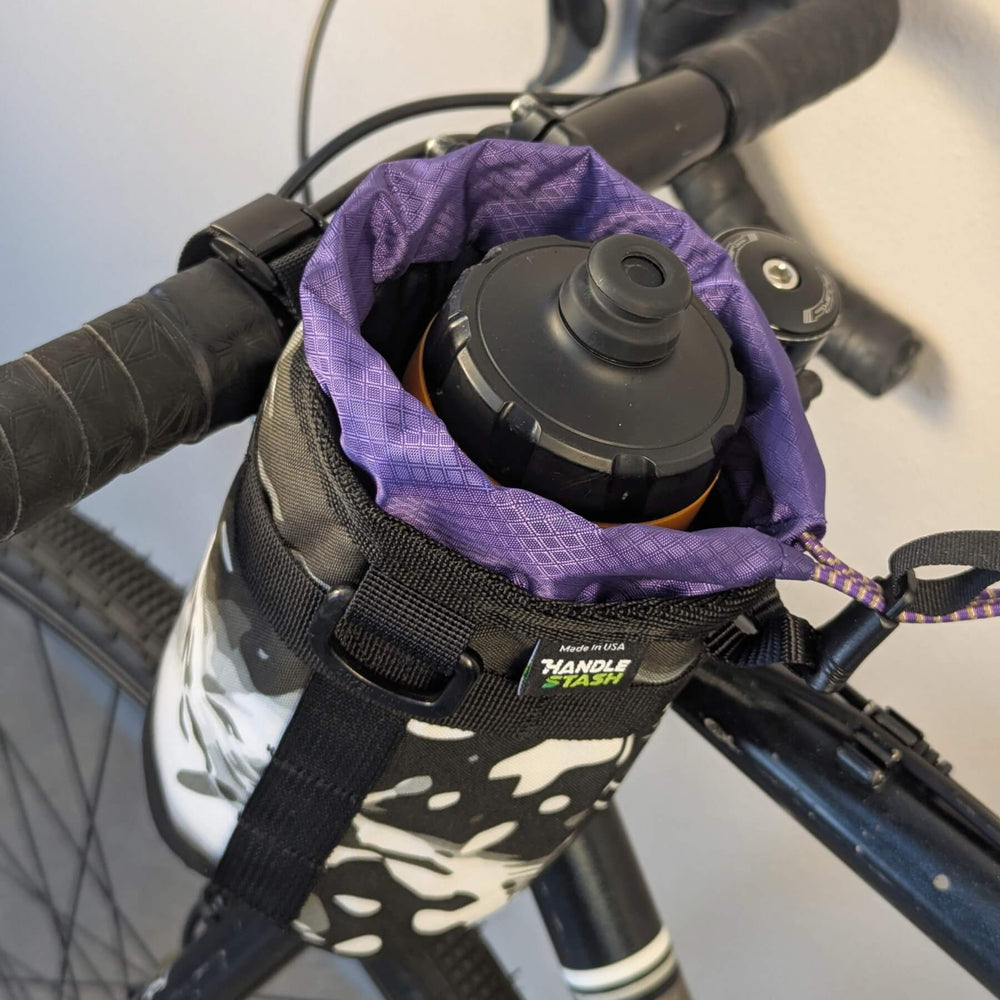
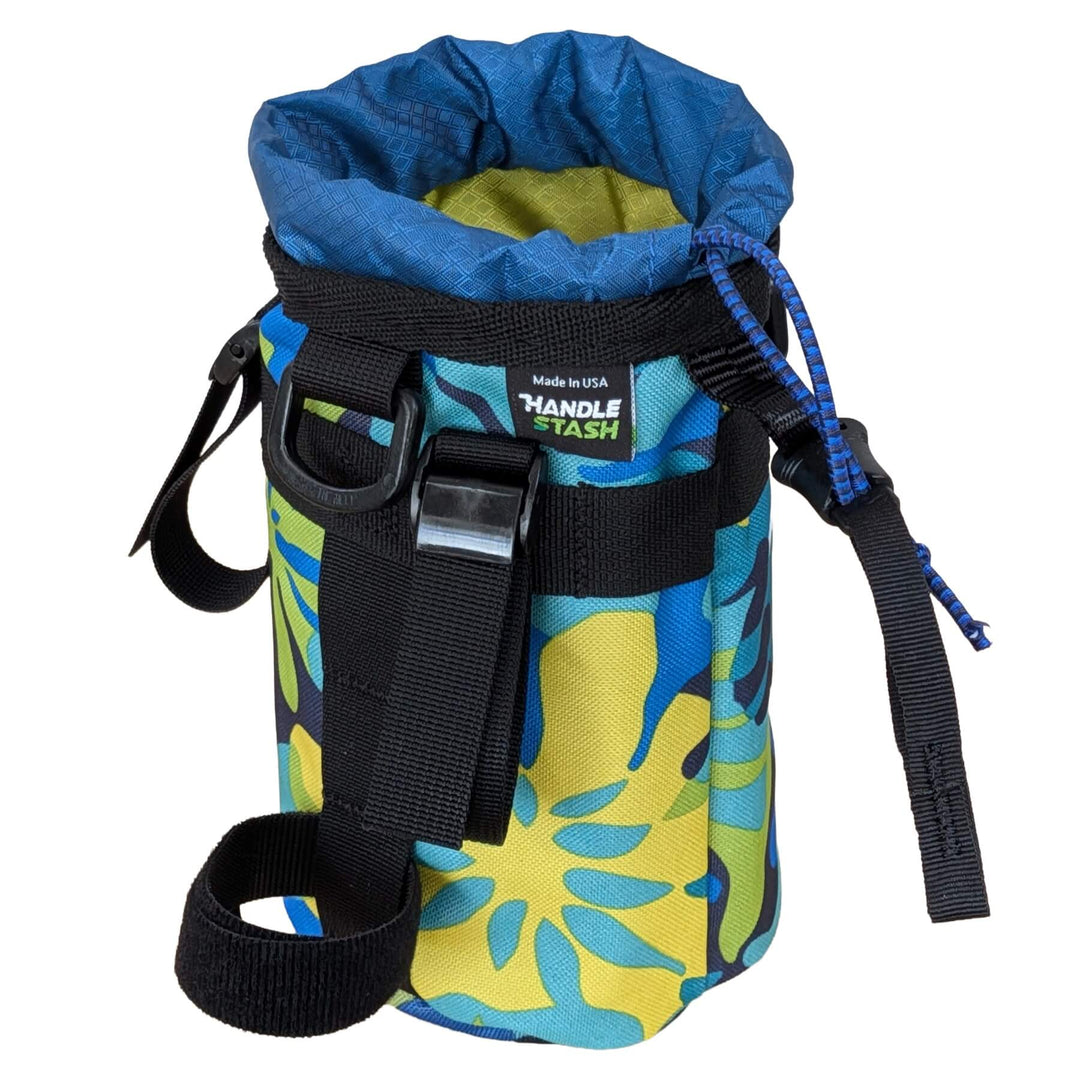
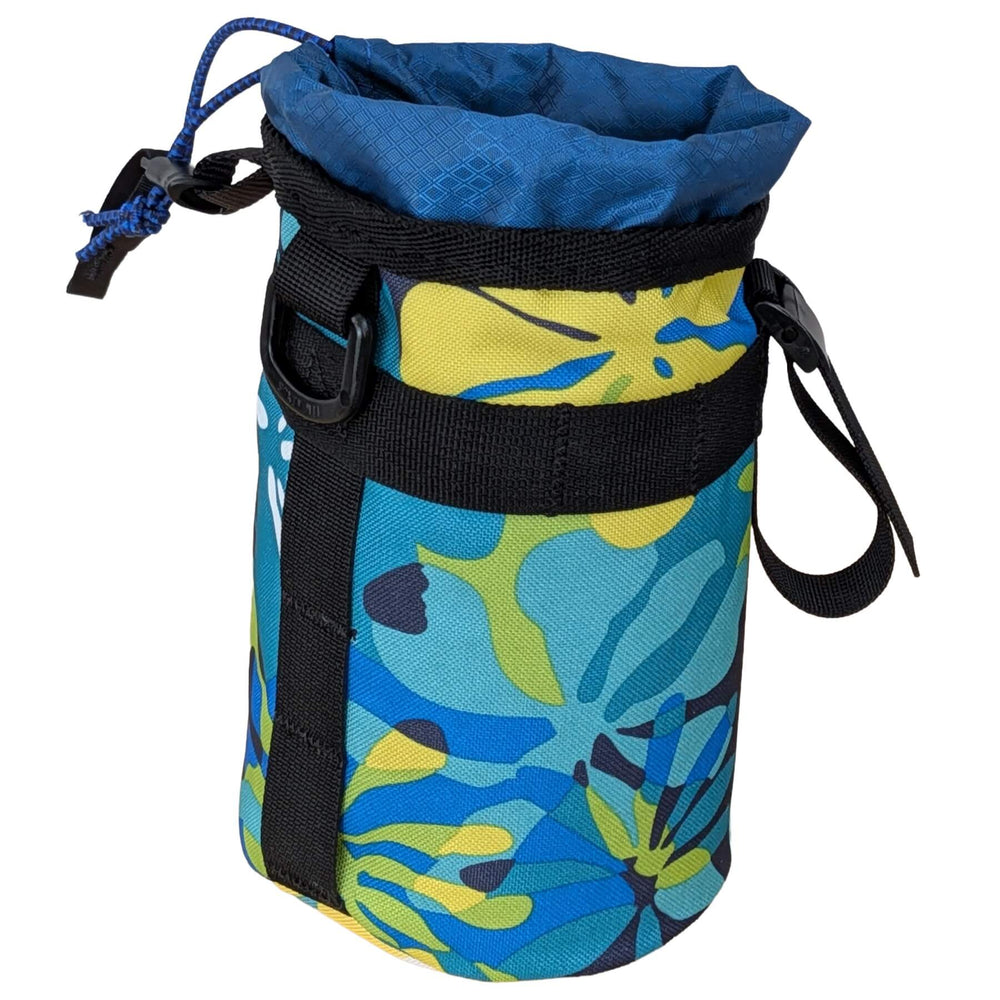

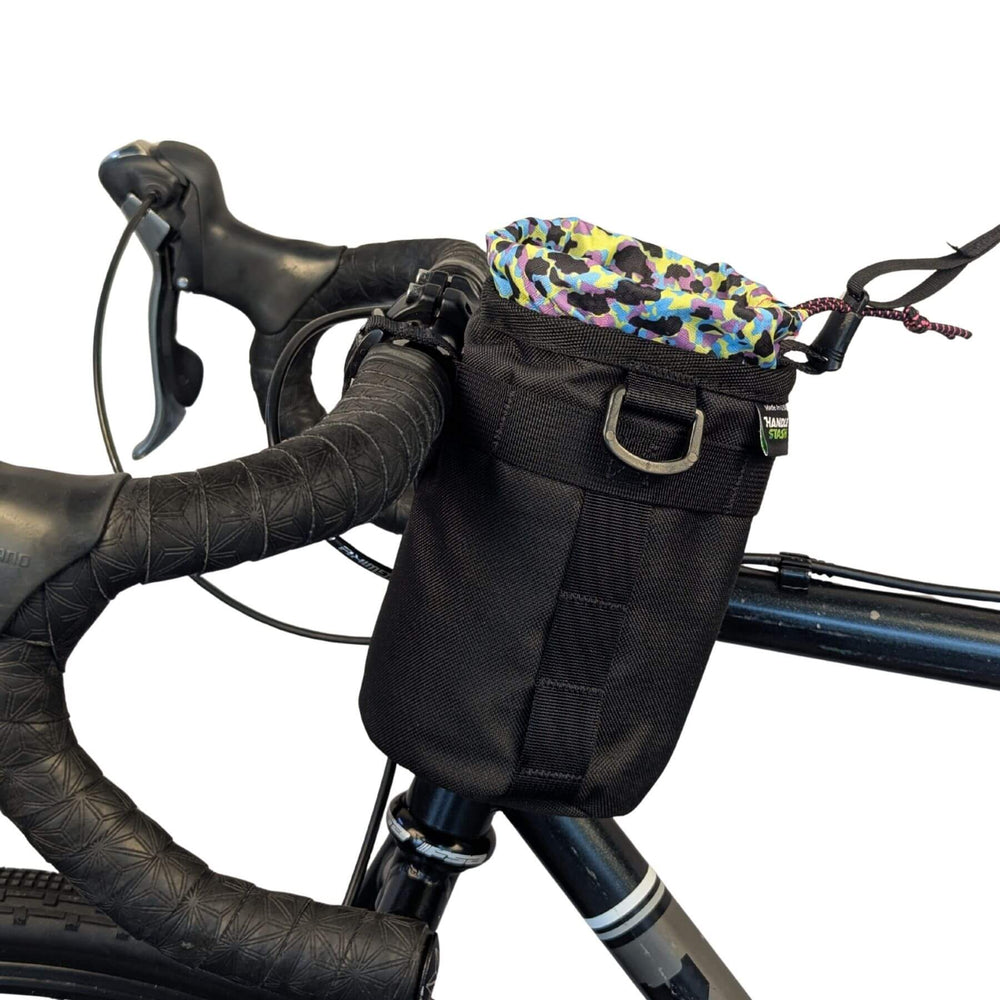

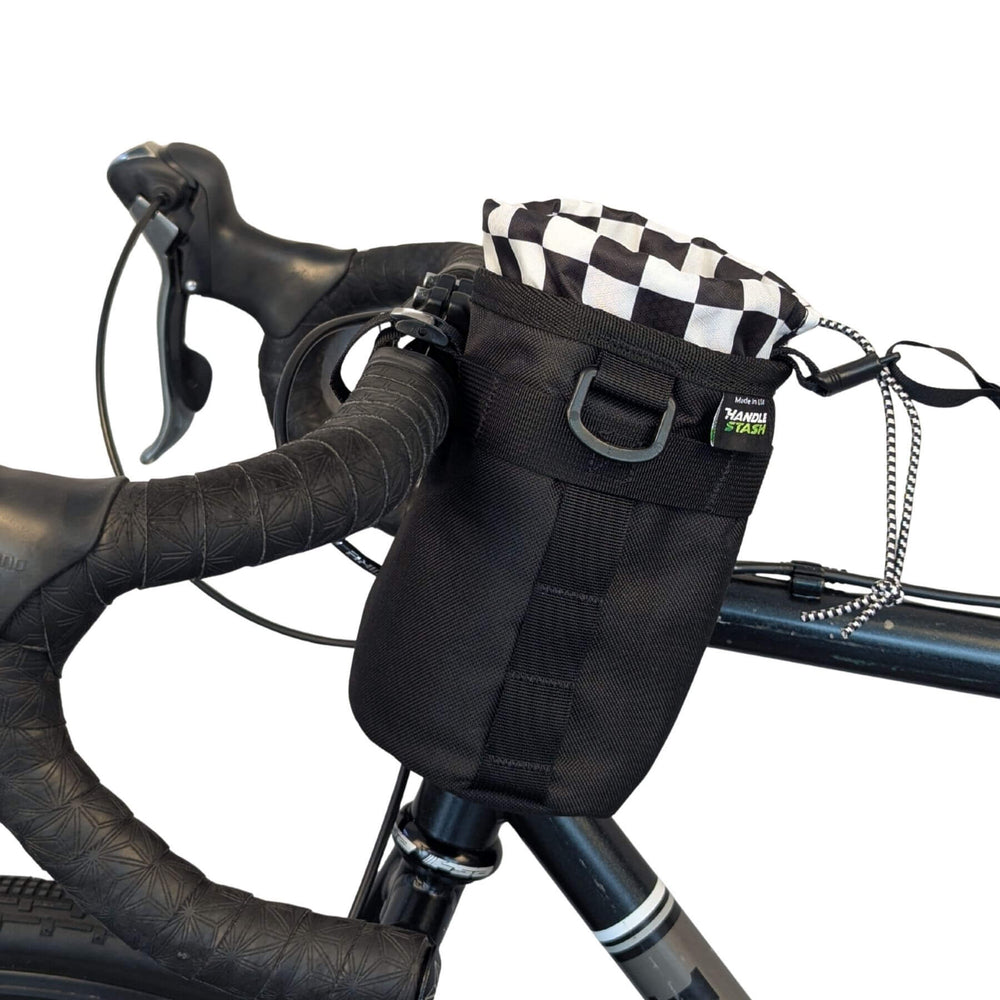
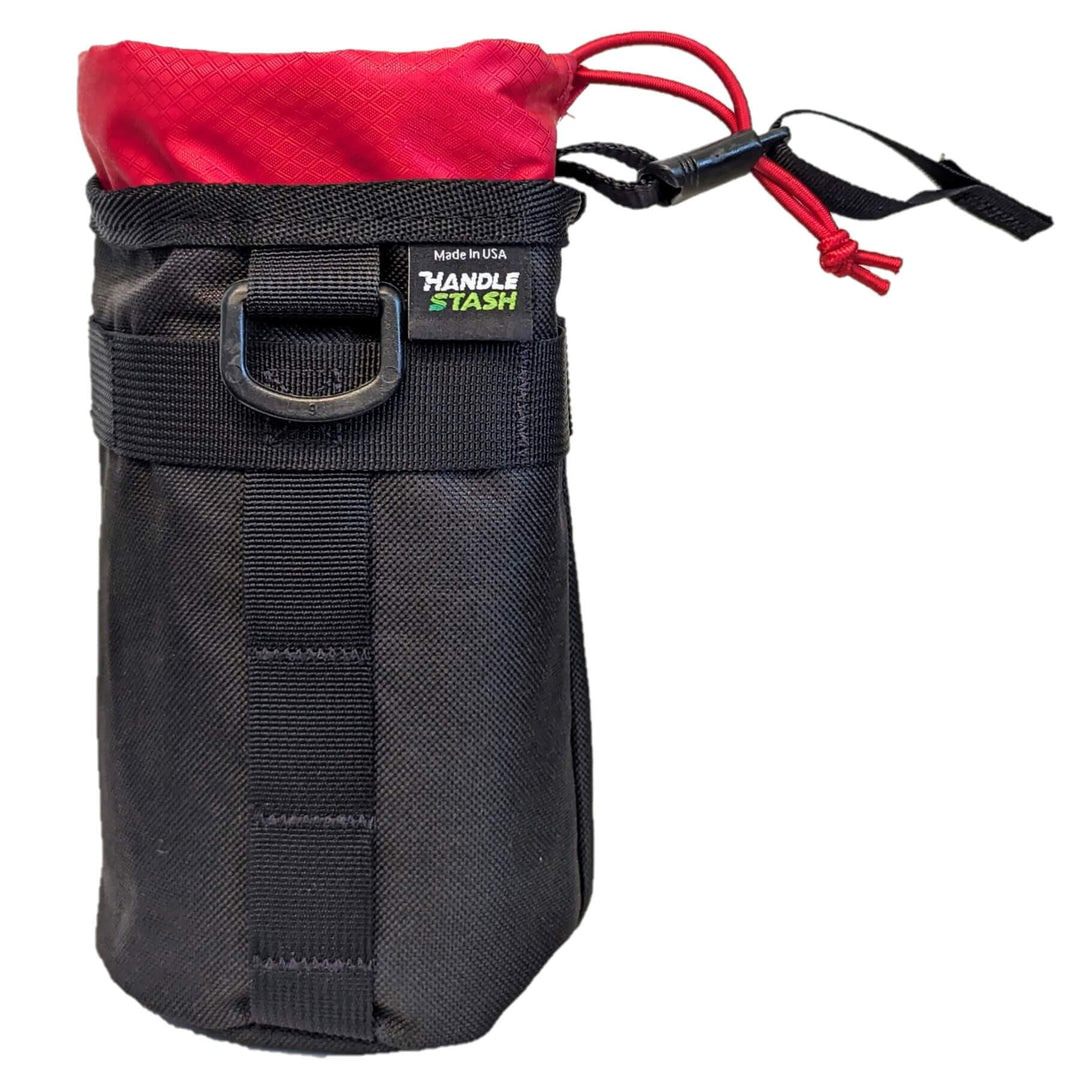












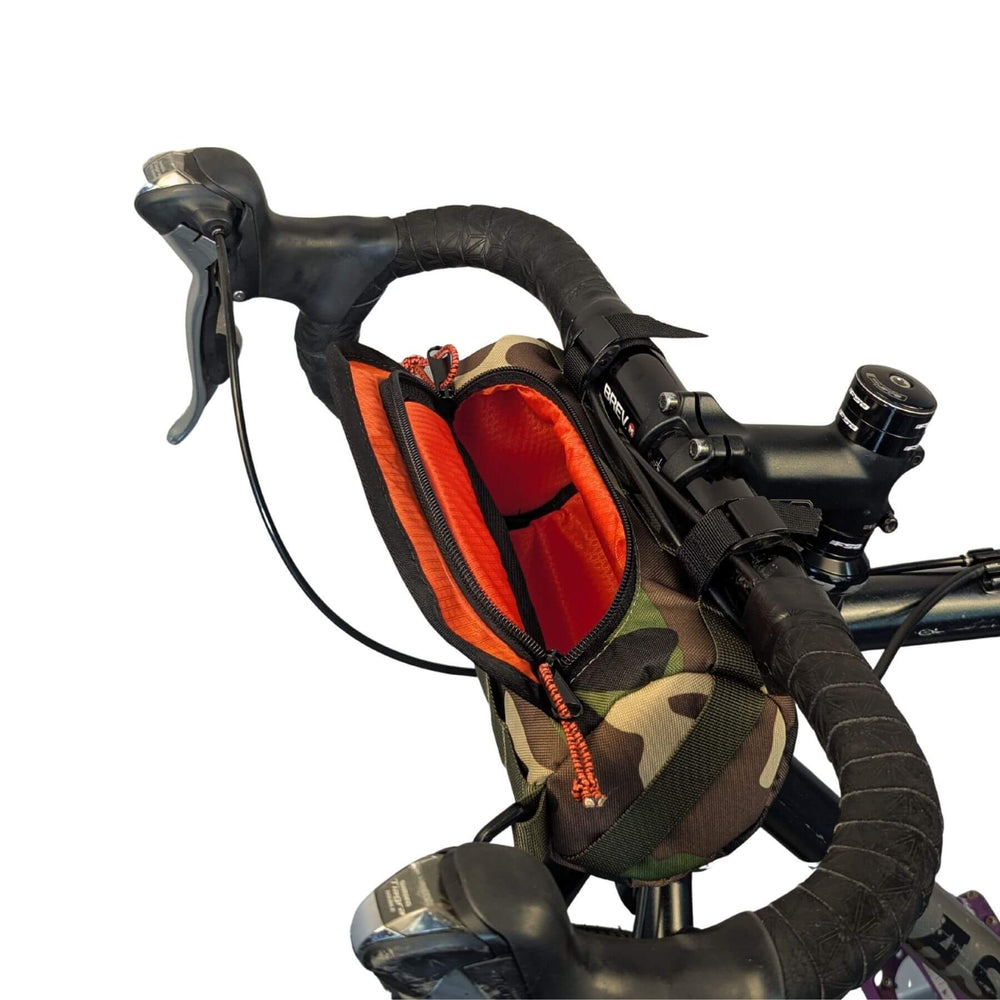


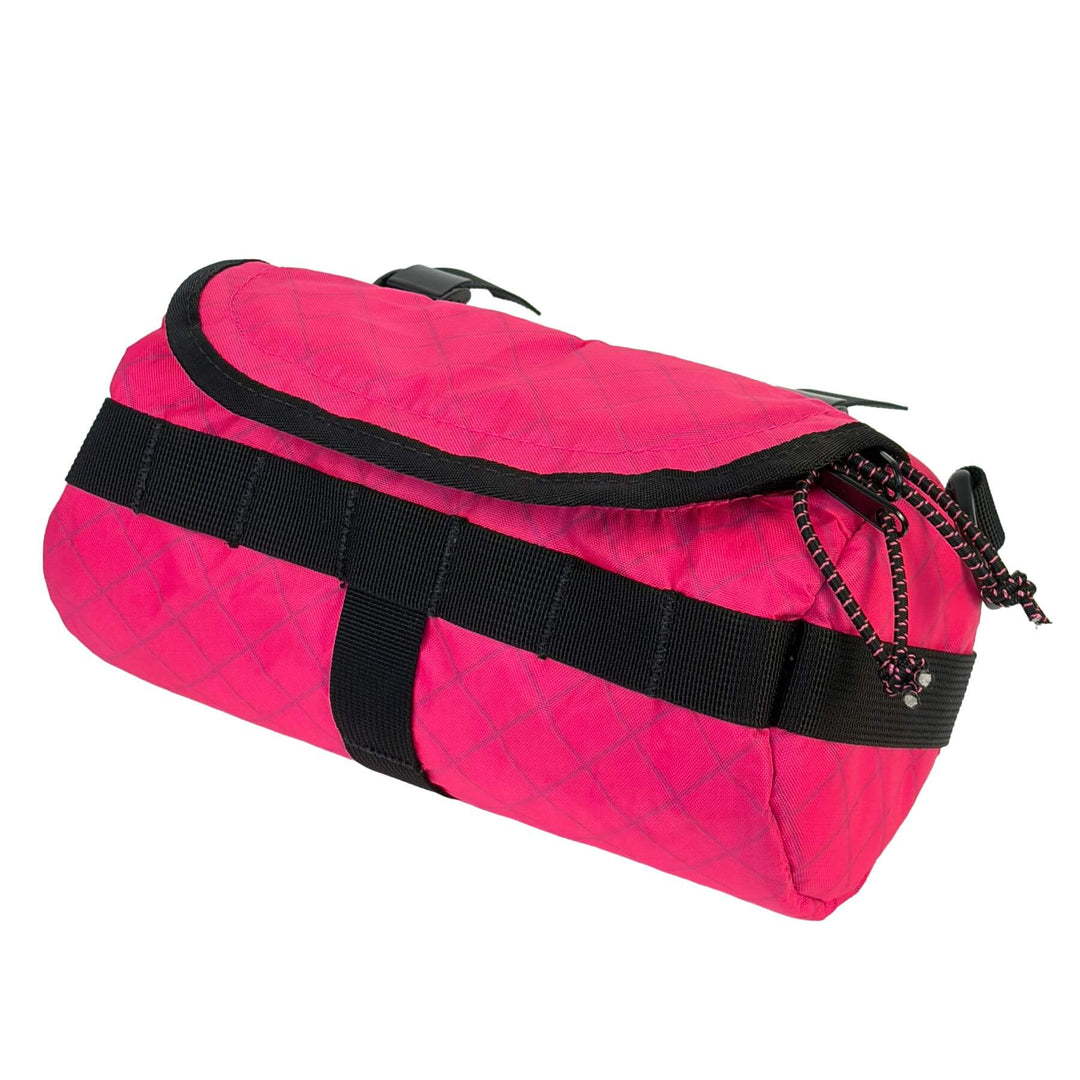
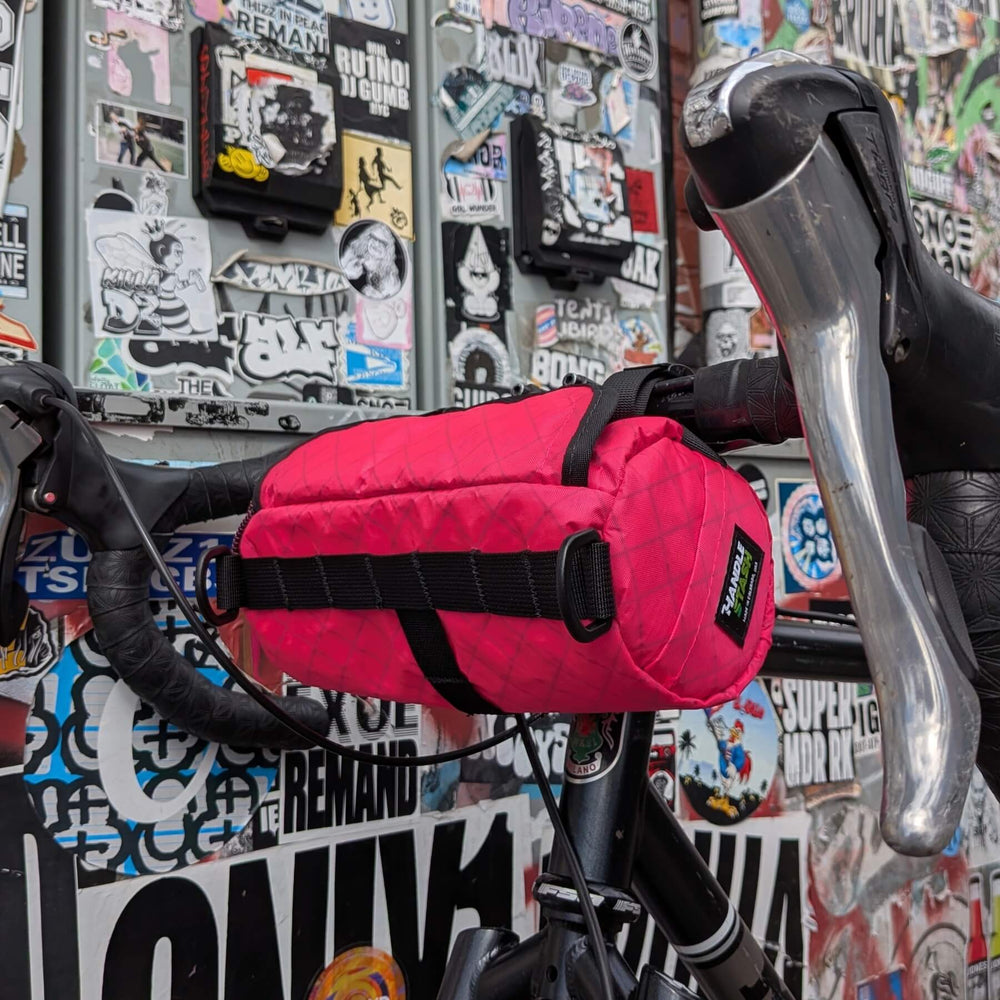

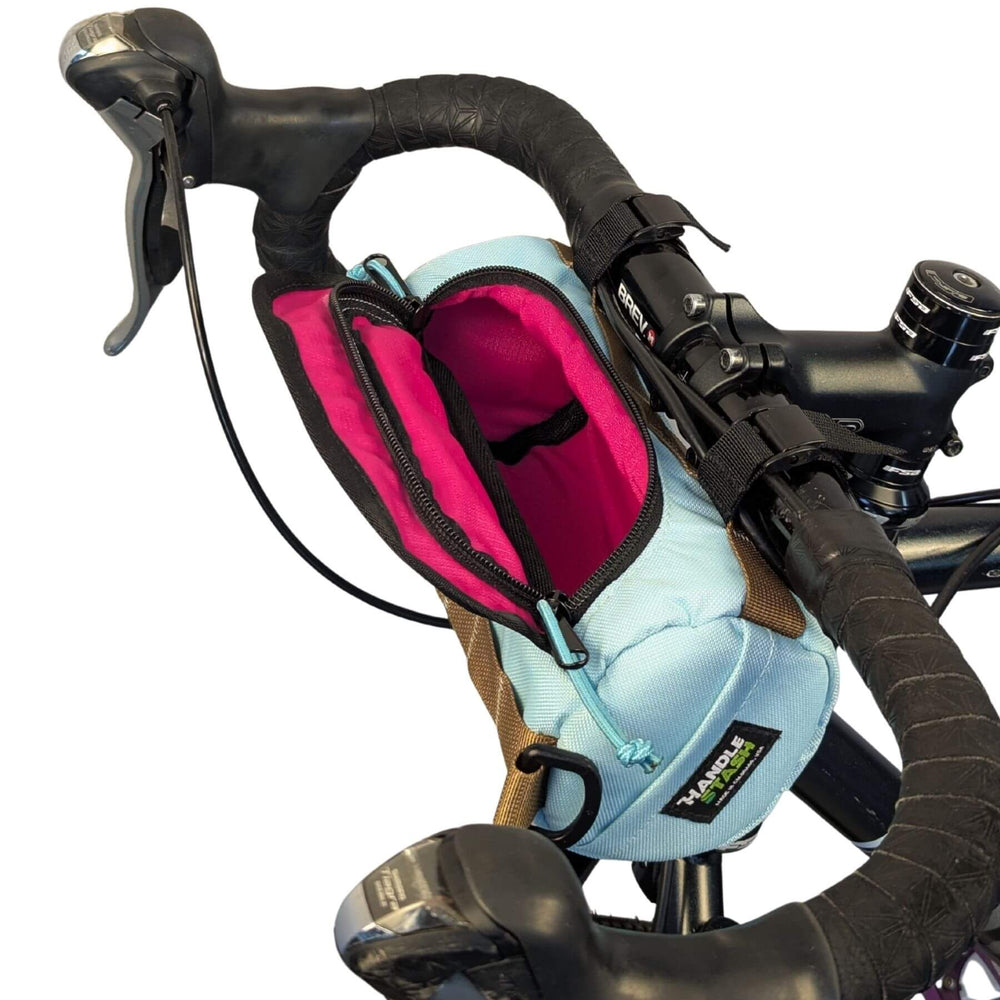

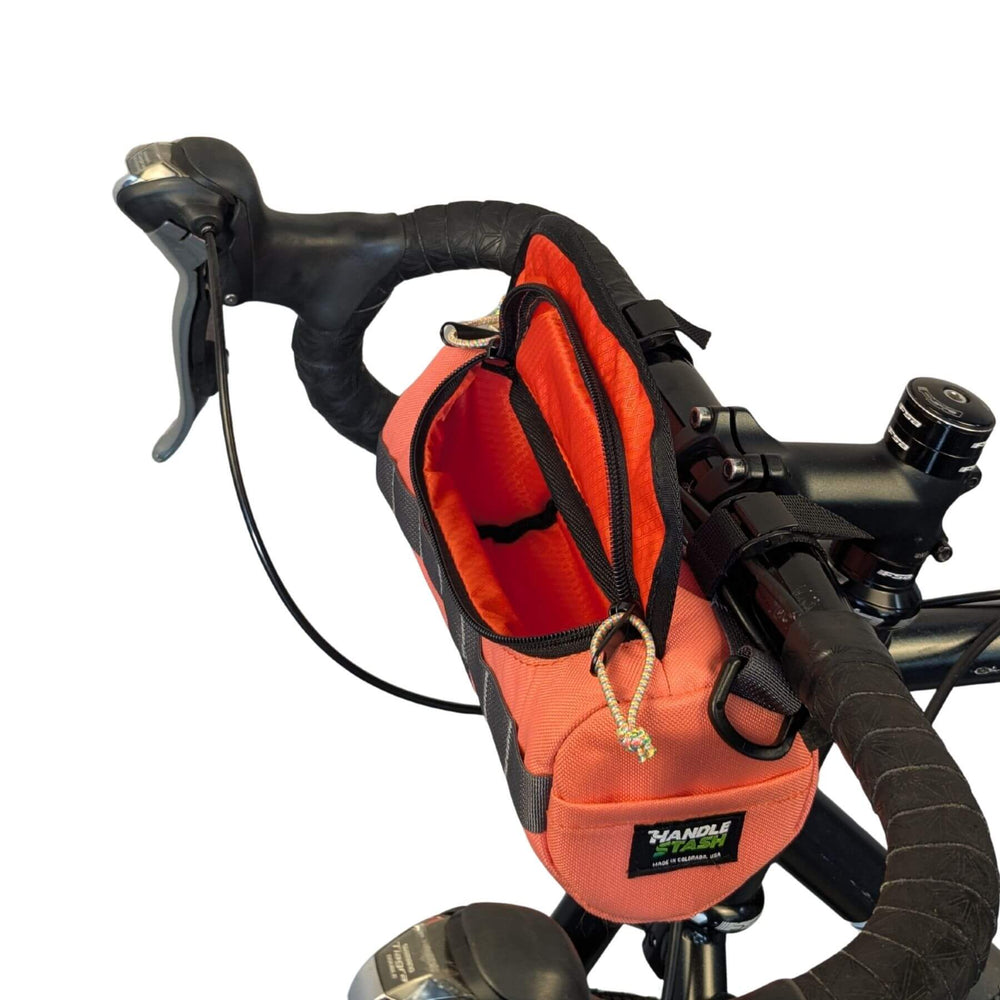
what size bottle fits fits the stem bag?
Leave a comment